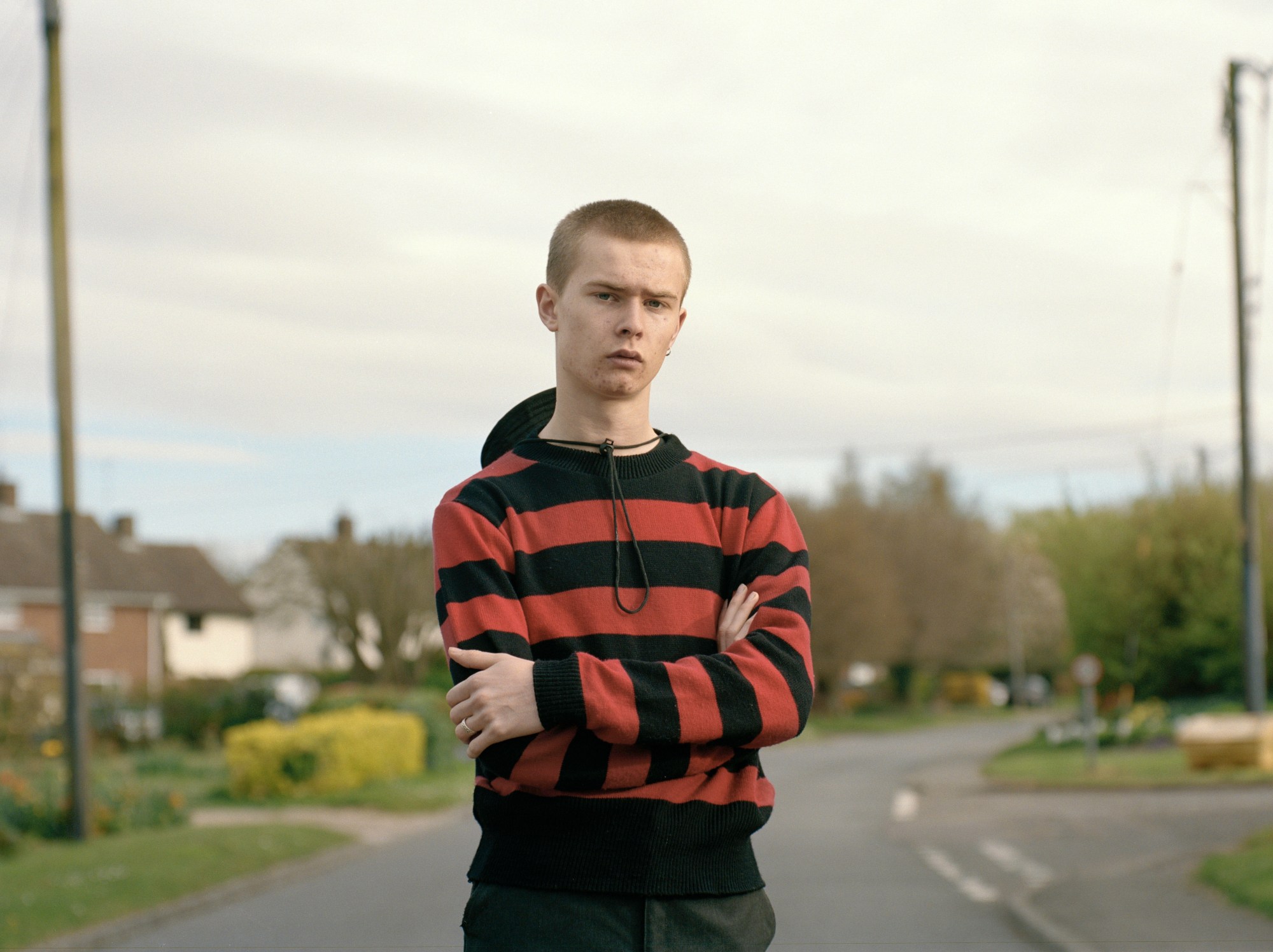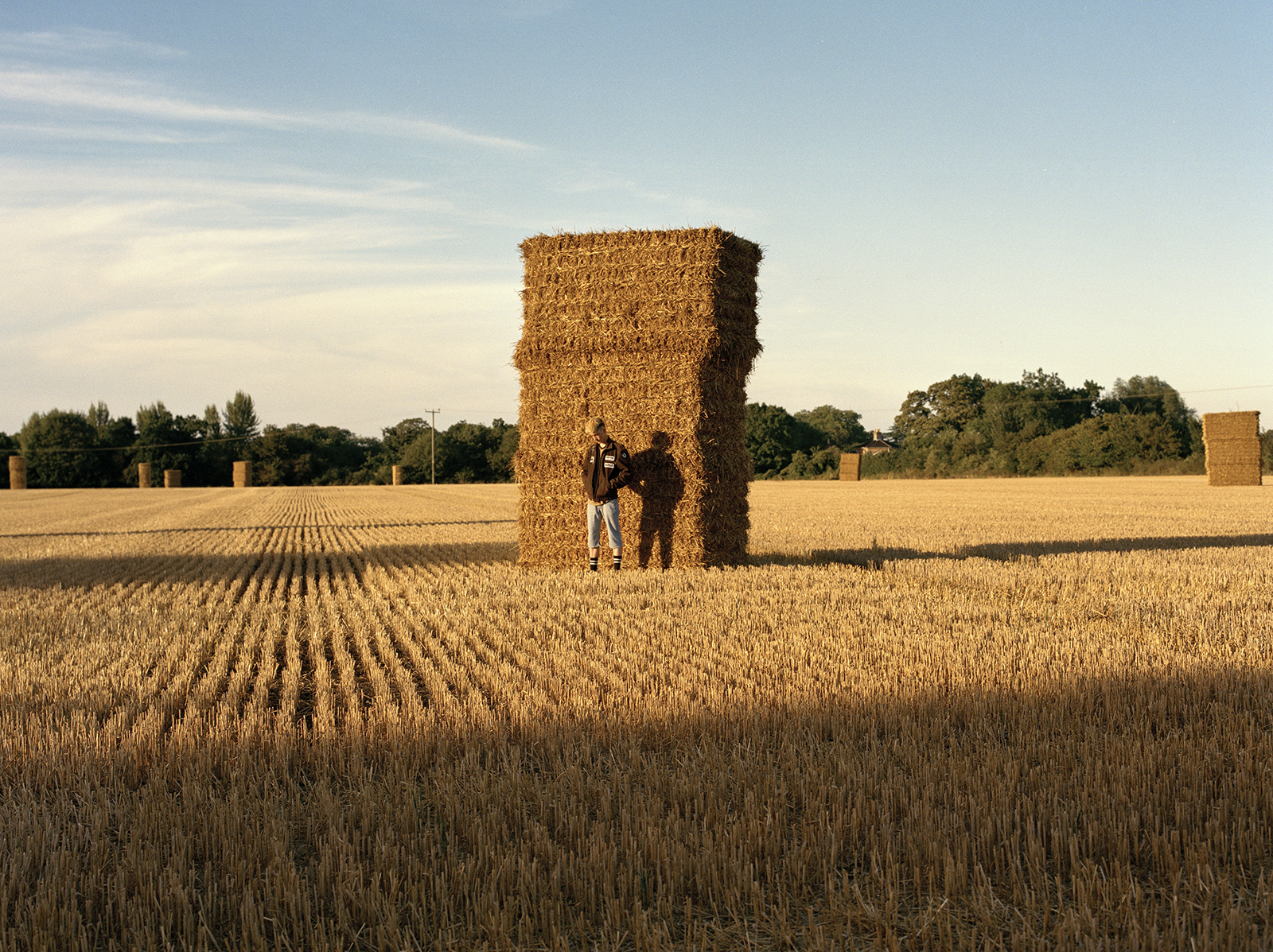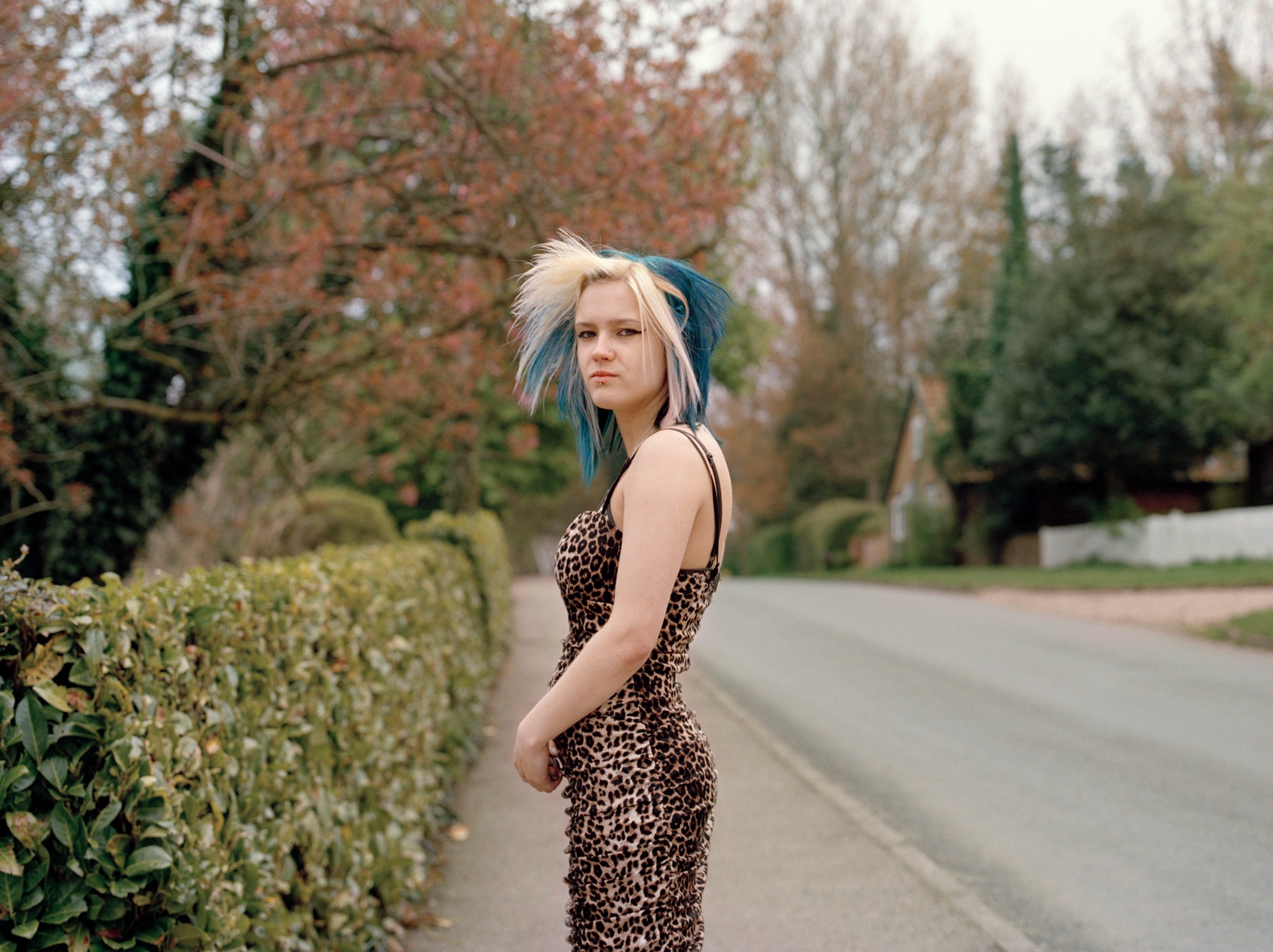Lucy Ridgard photographs kids she meets around her hometown of Bury St Edmunds, an ancient market town in the East of England. Her images capture both the specific realities of the East English countryside (winter-dry bushes, flat brown fields, low grey skies) and also the universal feeling of being young and strongly ambivalent about living in a small town. Her subjects stand stony-faced in marshes and suburban scrubland with softened Sid Vicious haircuts and Fred Perry polo shirts. They remind me of seeing shows at local venues and getting drunk in fields.

Ridgard now lives in London but grew up in a village not too far from Bury St Edmunds. She remembers her teenage years fondly. It was the early 90s and several of her friends lived in communes with their families, where they would all go to parties. There has always been an alternative energy in Suffolk, a rural county bordering the North Sea.

In You Don’t Know What You’ve Got ‘Til It’s Gone, Ridgard explores her nostalgia for her coming of age. She chooses subjects who remind her of her own art school aesthetic back then. “It’s been the same since the 70s,” she laughs, “pierced noses, dyed hair, high-waisted jeans.”

She’s been known to chase likely-looking subjects down the street in town. They’re usually skaters, kids in bands, or kids who listen to punk. She might spot a Black Flag patch or a grotty second-hand sweater and know she’s found someone interesting. “It’s quite organic,” she says, “I just find them out and about, or sometimes through Instagram.” After the initial meeting, they set up a time to shoot outside of town.

Ridgard juxtaposes her subjects’ carefully constructed identities with the suburban countryside. A girl’s bright turquoise hair clashes with a soft blue sky. A leopard-print dress looks intriguingly amiss beside a laurel hedge down a cul-de-sac. Nothing offsets a look that is trying to be edgy like a hay stack. The contrasts ask questions about belonging: how do you identify with your tribe outside of your natural habitat?

The images may appear natural and effortless but “they’re storyboarded,” Ridgard clarifies. Her approach hovers between documentary photography and something more constructed. Her subjects bring outfit options, for example, which she helps style, according to the backdrop. “The images are almost not of them,” she says. Instead, her figures become stand-ins for a certain kind of timeless alternative youth.

What’s changed between her own coming of age and her subjects’? “They’re much more composed than we were,” says Ridgard. “I think they feel more responsibility, things are more pressurized. We were just hanging out, getting drunk, and fucking about.”




